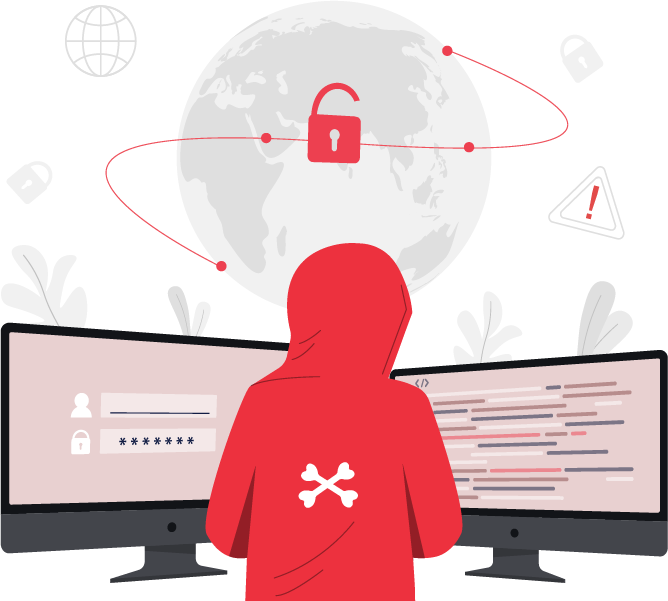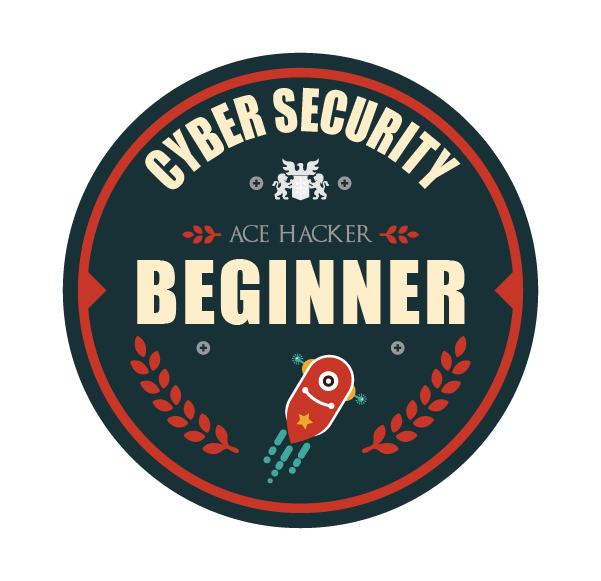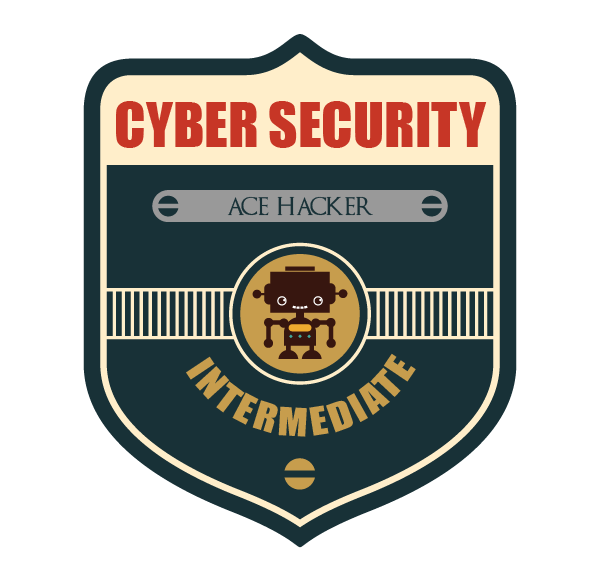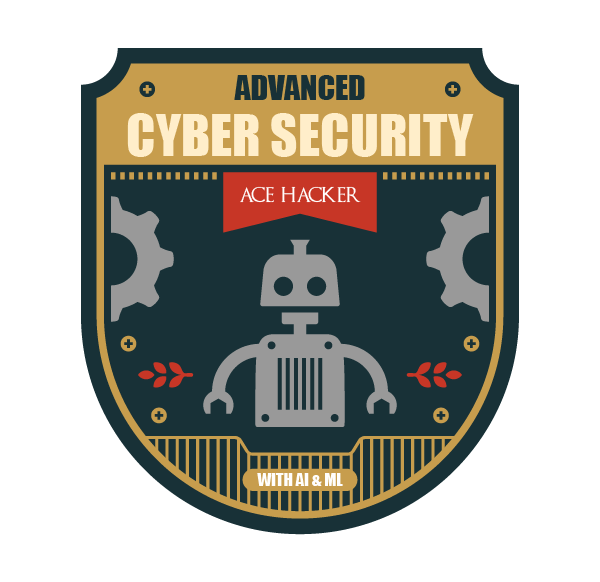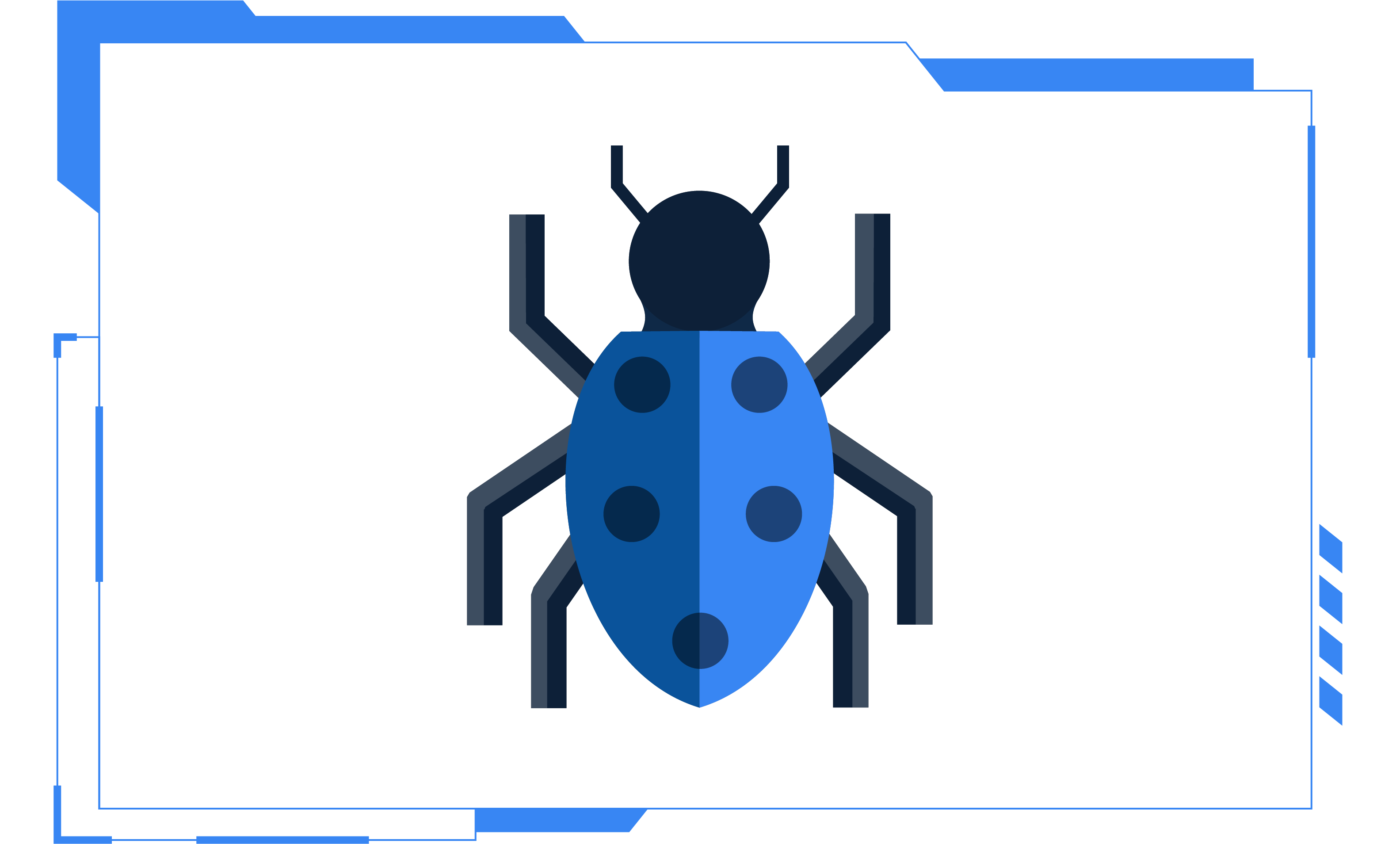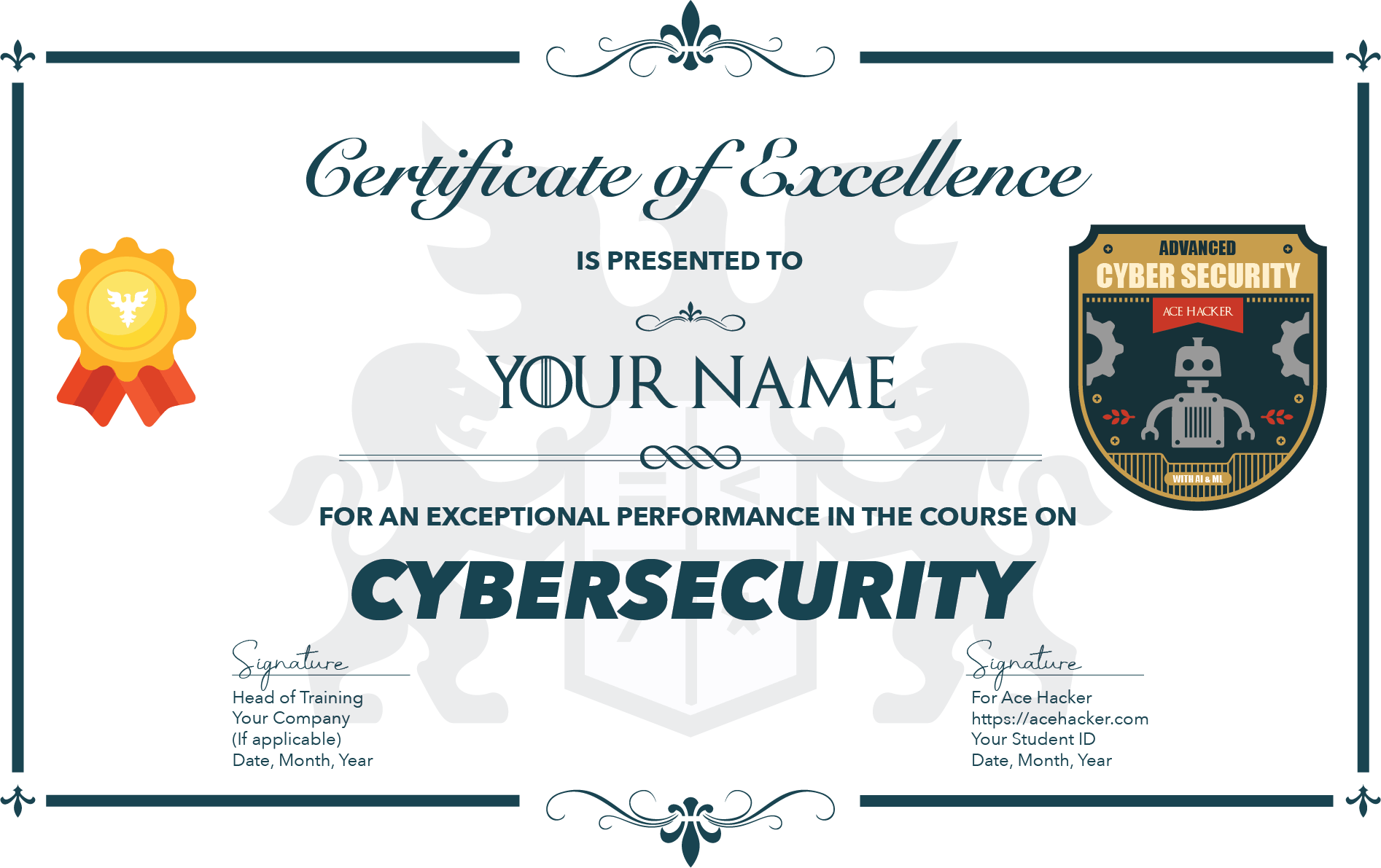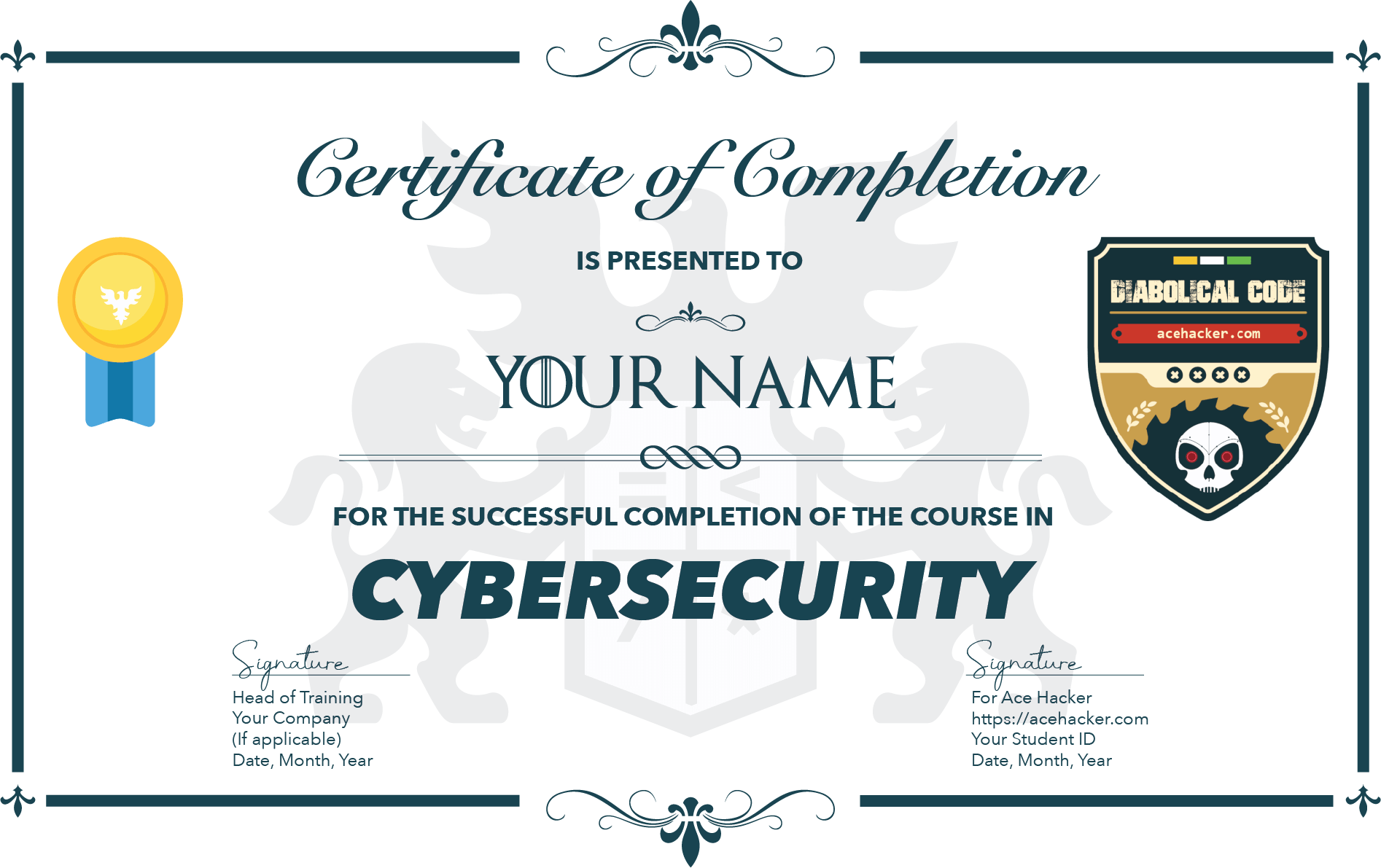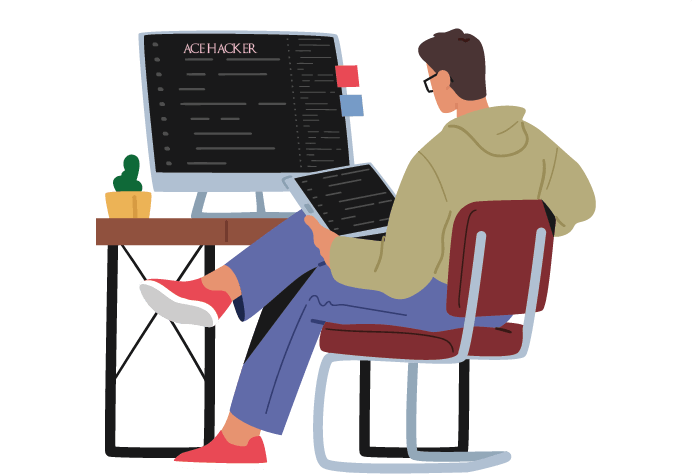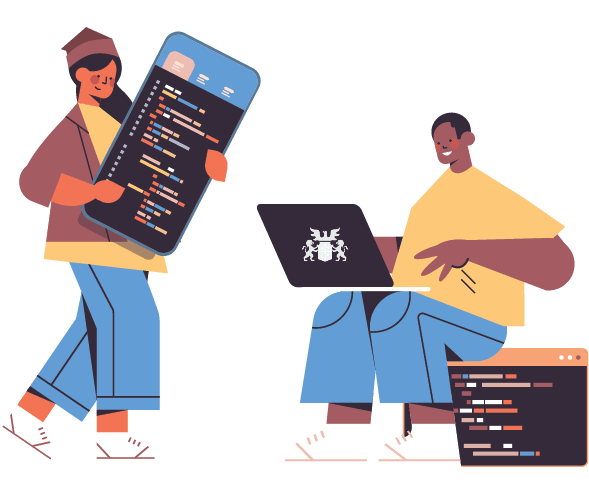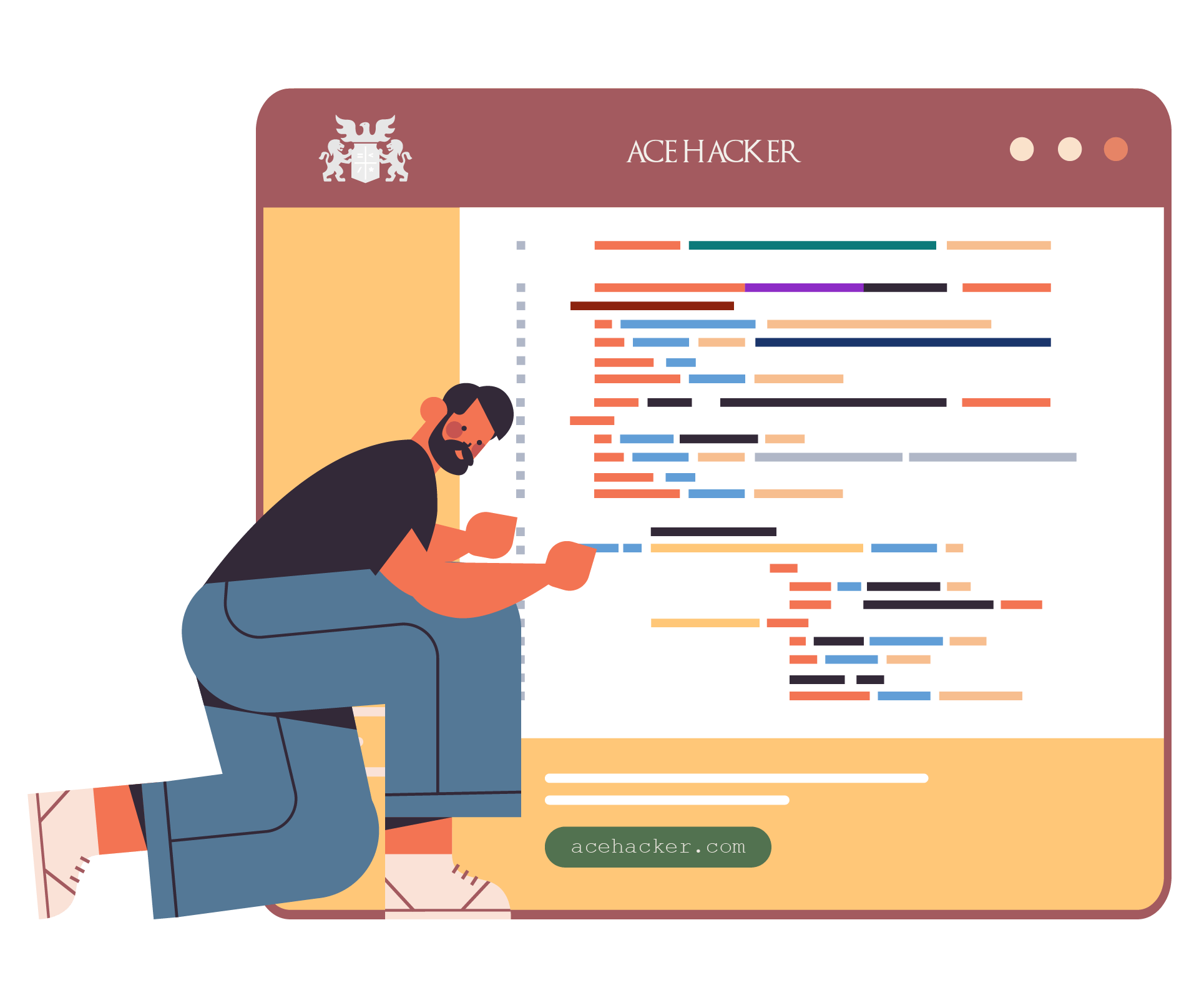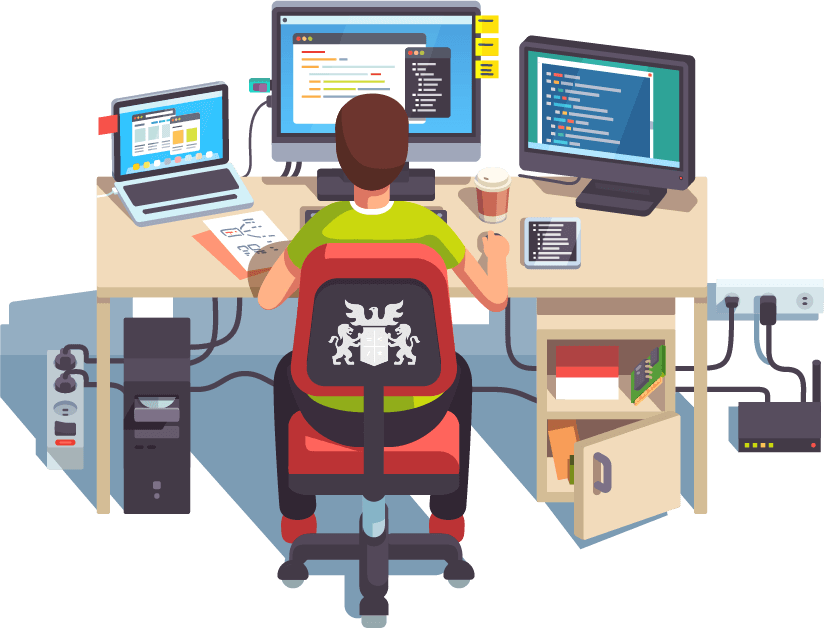We offer placement assistance through four channels:
Challenge Ready: A thorough interview preparation module is built into this course. As a part of this course, you’ll learn to crack Cybersecurity interviews. You’ll be thoroughly trained using:
- Mock Interviews: We’ll simulate the pressure and format of a real Cybersecurity interview, allowing you to practice and improve you technical, communication, and presentation skills under similar conditions.
- Through Whiteboarding, you’ll learn to visually represent your thought process on a physical or a digital whiteboard.
- We put a lot of emphasis on you having a strong understanding of Data Structures, Algorithms, and Algorithm Analysis to efficiently solve complex problems and optimize solutions during a Cybersecurity interview. which are key factors that interviewers evaluate to assess a candidate’s technical competence.
- You’ll learn how to handle Impossible Questions & Kobayashi Maru situations which are essential in a Cybersecurity interview to show adaptability, creativity, and resilience under pressure.
- Learn to solve Algorithmic, and Mathematical and Puzzles using Python, Go, ARM, C, and C++ and develop a creative & analytical mindset, logical reasoning, and problem-solving skills that are crucial in cracking a Cybersecurity interview.
Demo Weeks: Demo Weeks are exciting tech hiring events organized by Ace Hacker, where tech organizations and startups gather to discover talent. During this event, students have the opportunity to showcase their work and demonstrate their capabilities to the visiting companies. The event creates a platform for students to interact directly with recruitment teams, enabling them to discuss their projects, skills, and aspirations. If a company finds a student particularly intriguing, they may invite them to attend a technical interview. Fortunately, Ace Hacker thoroughly prepares students for
Cybersecurity interviews, equipping them with the necessary skills and knowledge to succeed. This event acts as a stepping stone in the recruitment process, leading to potential employment opportunities for the students.
Job Board: Students have access to an Ace Hacker alumni platform on an internal Slack channel and a Discord server. This platform serves as a hub for Ace Hacker students seeking job opportunities in the tech industry. Within these channels, regular job openings from various tech companies and startups are posted, providing students with a range of options to choose from. The platform not only offers job listings but also fosters a supportive community by connecting students with mentors - professionals from the companies posting the job offers, alumni of the institute, and career coaches from Ace Hacker. The mentors provide invaluable guidance to students, offering insights on the application process and addressing any queries they may have.
Partner Connect: This program provides companies with the opportunity to hire students from Ace Hacker. Students are notified when a company expresses interest to recruit from Ace Hacker. We connect the applicants with the Recruitment Team of the prospective employers who would then take the process forward with the applicants.
Wish to hire from Ace Hacker?
Write to us at
connect@acehacker.com or call
(+91) 988.011.2117
